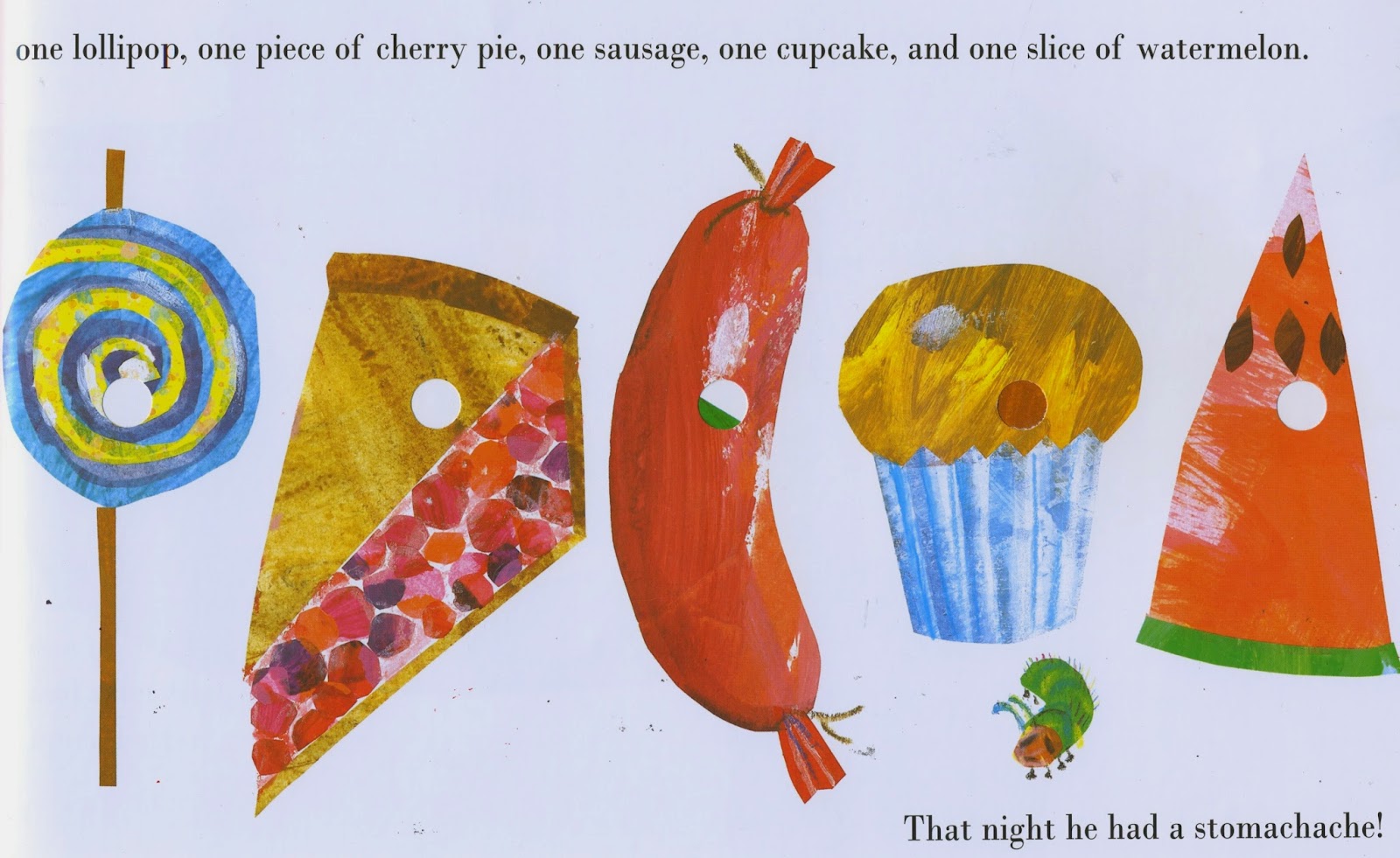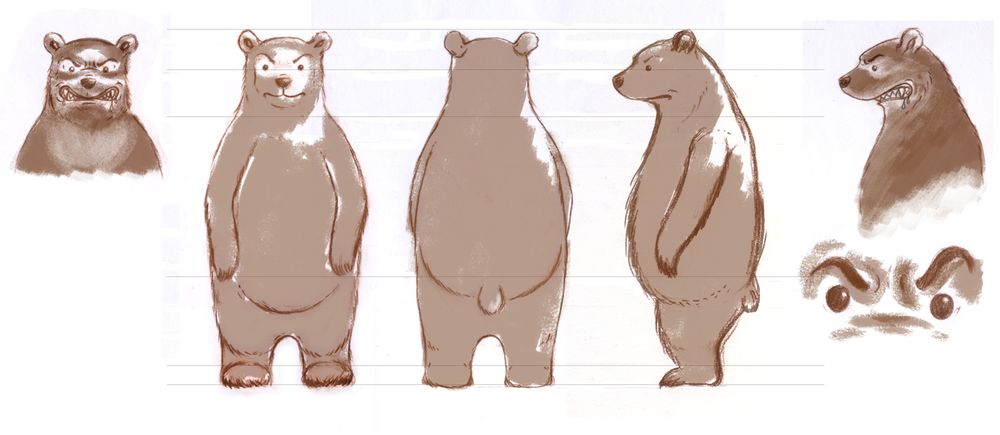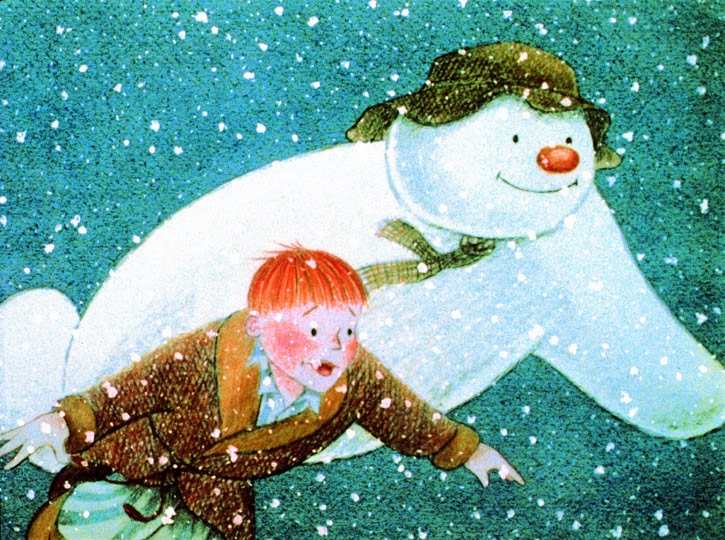Eric Carle - American Children's book writer and illustrator
He is widely known for his beautiful books on 'The very hungry Caterpillar', 'The mixed up Chameleon', 'The artist who painted a blue Horse', and many many more. I think he is an incrediable collagist, the images he produces are just breath taking.
Eric Carle is a massive influence throughout my work and has impacted a lot throughout the progress of illustrating my animals. The textures and marks represented throughout his images are so free and innocent there just lovely.
Here are some images of his work for his children's book 'The very hungry Caterpillar';
I love this Book I have this book to read and to inspire me when I feel I might be at a loose end, his work just lifts my spirits up, especially when I share his books with my 7 year old sister she loves them and the imagination she has when creating characters is fantastic.
Here are some more Images of his work;
 |
| Quote: "With many of my books I attempt to bridge the gap between the home and school. To me home represents , or should represent; warmth, security, toys, holding hands, being held. School is a strange and new place for a child. Will it be a happy place? There are new people, a teacher, classmates - will they be friendly? I believe the passage from home to school is the second biggest trauma of childhood; the first is, of course, is being born. Indeed, in both cases we leave a place of warmth and protection for one that is unknown. The unknown often brings fear with it. In my books I try to counteract this fear, to replace it with a positive message. I believe that children are naturally creative and eager to learn. I want to show them that learning is really both fascinating and fun." Eric Carle Website |






































